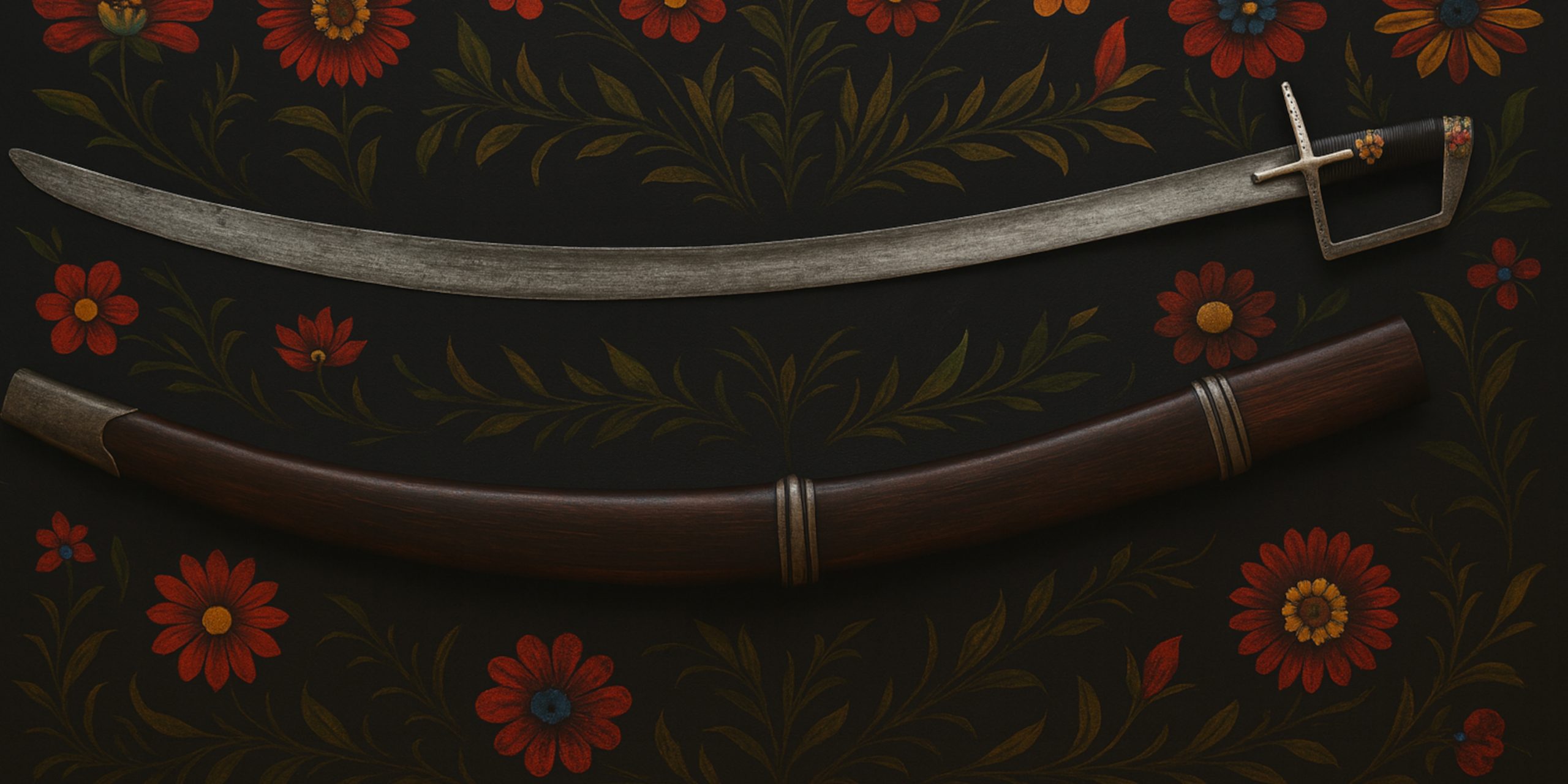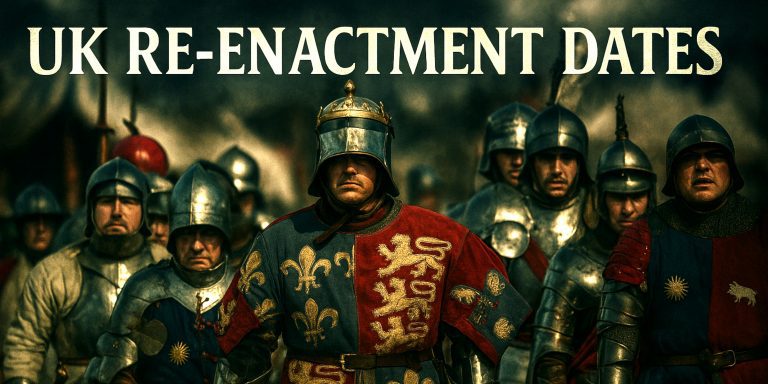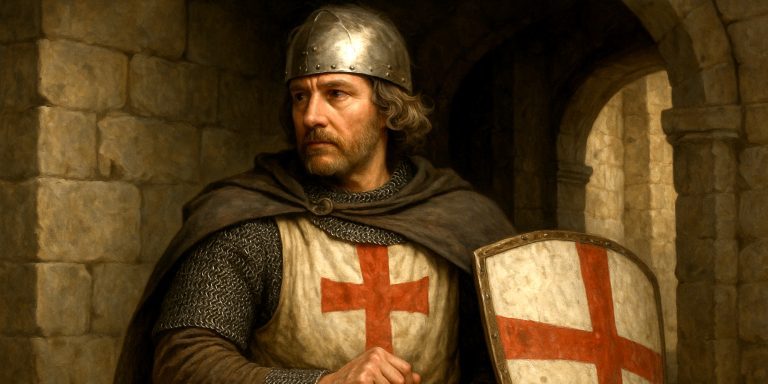
The Polish szabla served as a symbol of national identity, a practical battlefield weapon, and a ceremonial tool of status for centuries. Emerging in the Polish–Lithuanian Commonwealth during the 16th century, the szabla evolved into one of the most distinct and refined sabres in European history, widely used by nobles, hussars, and cavalry units well into the 20th century.
Specification
| Feature | Details |
|---|---|
| Type | Curved sabre |
| Total Length | Typically 90–100 cm |
| Blade Length | Around 75–85 cm |
| Blade Curve | Moderate, increasing in later models |
| Blade Width | Tapers from 3–4 cm at base |
| Weight | Approximately 1.2–1.5 kg |
| Blade Edge | Single-edged, some with yelmen (widened tip) |
| Hilt | Closed or semi-open guard, thumb ring common |
| Grip Material | Wood, leather, or horn with metal rivets |
| Pommel | Often flattened or ring-shaped |
| Scabbard | Wooden, leather-covered with metal fittings |
History and Evolution
- Origins: The szabla developed from Eastern sabre designs, particularly Turkish, Persian, and Hungarian influences, filtered through Tatar light cavalry styles.
- 16th Century: Adopted by Polish szlachta (nobility) and cavalry. Became a preferred sidearm due to its effectiveness in mounted combat.
- 17th Century: Standardised for use by the renowned Polish Winged Hussars. The hussar szabla became a distinctive type with a highly functional yet elegant design.
- 18th–19th Centuries: The karabela, a ceremonial variant with an open hilt and richly decorated grip, rose in popularity.
- 20th Century: Remained in use symbolically and practically in cavalry charges during the Polish–Soviet War and early World War II.
Advantages
- Excellent slashing capability, ideal for cavalry use
- Quick to draw and easy to handle with one hand
- Sturdy enough for parrying and thrusting when required
- Iconic design with cultural prestige among Polish warriors
Disadvantages
- Less suited for armoured opponents compared to straight swords
- Not optimised for thrusting in close formation
- Limited use in confined spaces or non-mounted combat scenarios
Comparison with Similar Weapons
| Feature | Polish Szabla | Turkish Kilij | Persian Shamshir | European Sabre |
|---|---|---|---|---|
| Blade Curve | Moderate | Pronounced | Extreme | Mild to moderate |
| Guard Style | Thumb ring common | Minimal or absent | Minimal | Full knuckle guard |
| Origin of Design | East-European hybrid | Ottoman | Persian | Western European |
| Role | Cavalry and duelling | Primarily cavalry | Cavalry | Cavalry and infantry |
| Ceremonial Use | High | Moderate | High | Moderate |
Legacy
The szabla remains a powerful symbol of Polish heritage and resistance. It features prominently in Polish military ceremonies and reenactments, and continues to inspire collectors, martial artists, and historians. The Polish military sabre drills (regulamin szermierki) codified in the interwar period are still practised today in historical fencing circles.
Where to See Original Szabla Swords
| Museum | Location | Notable Items |
|---|---|---|
| Polish Army Museum | Warsaw | 17th–20th century szabla examples |
| Wawel Royal Castle | Kraków | Hussar and noble sabres |
| Royal Armouries | Leeds, UK | Comparative Eastern European sabres |
| Hermitage Museum | St Petersburg | Szabla-influenced sabres |
Collector’s Guide and Auction Prices
- Availability: Antique szabla are highly prized, particularly those from the 17th and 18th centuries or cavalry-marked from the interwar era.
- Authenticity: Key markers include forge stamps, military regimental engravings, and wear patterns consistent with mounted use.
- Variants to Watch:
- Hussar Szabla: Heavy-duty, combat-grade with functional guards
- Karabela: Highly decorative, more ornate grips and pommels
- Uhlan Sabres: From the 19th and early 20th century, often marked with regimental numbers
Estimated Auction Prices (as of recent sales):
- Standard 19th c. Polish cavalry sabre: £500–£1,500
- Interwar officer’s szabla with regimental markings: £2,000–£4,000
- 17th century hussar sabre with provenance: £10,000+
- Karabela ceremonial sabres: £3,000–£8,000 depending on decoration
The Seven Swords Takeaway
The Polish szabla embodies the martial tradition and cultural identity of the Polish–Lithuanian Commonwealth and its successors. From battlefield to museum, it has left an indelible mark on European sword design and remains a defining piece of Eastern European military heritage.



